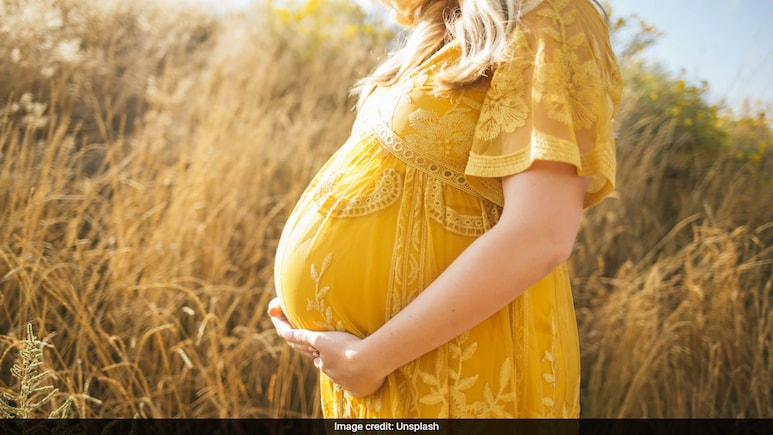
Baby's gender is determined at conception by the combination of X and Y sex chromosomes it receives from the egg and the sperm. However, the latest research suggests that the odds of having a boy or a girl aren't exactly 50-50. It is unique to each family, like flipping a weighted coin.
"From personal experience, I've seen friends [and] family members that have only girls or boys in their family," Siwen Wang at Harvard University said as quoted by New Scientist. "This raises the question of whether it's purely chance, or is there some underlying biology that could explain this phenomenon?"
Also Read | Humans Built So Many Dams That Earth's Poles Got Shifted, Study Finds
For the study, published in the journal Science Advances on July 18, Wang and her colleagues analysed data collected over decades from more than 58,000 mothers in the US. Those mothers had previously enrolled in two separate studies on contraception and maternal health.
The study found that some families are more likely to have children of the same sex than would be expected by chance. For example, families with three boys have a 61% chance of having another boy. Meanwhile, families with three girls have a 58% chance of having another girl.
According to the study, mothers who had their first child after age 28 were more likely to have children of the same sex. Specifically, women who started childbearing after 28 had a 10% higher chance of having children of the same gender compared to those who began before 23.
Also Read | Dogs Watch Television Differently Based On Personality, Study Finds
"We found that older maternal age at first birth was linked to [a higher chance] of having only girls or boys," says Wang. The study said that none of the other traits were linked to the sex of the women's children.
The researchers also found that two gene variants are linked to having all-male or all-female children. SNP NSUN6 is associated with exclusively female offspring; meanwhile, SNP TSHZ1 is linked to all-male children.
Changes in the menstrual cycle and vaginal environment with age could impact the survival rates of X or Y chromosome-carrying sperm, influencing the sex of the child.
Experts agree that more research is needed to fully understand the factors influencing the sex of a child, particularly in more diverse populations and with paternal data considered.
Track Latest News Live on NDTV.com and get news updates from India and around the world

